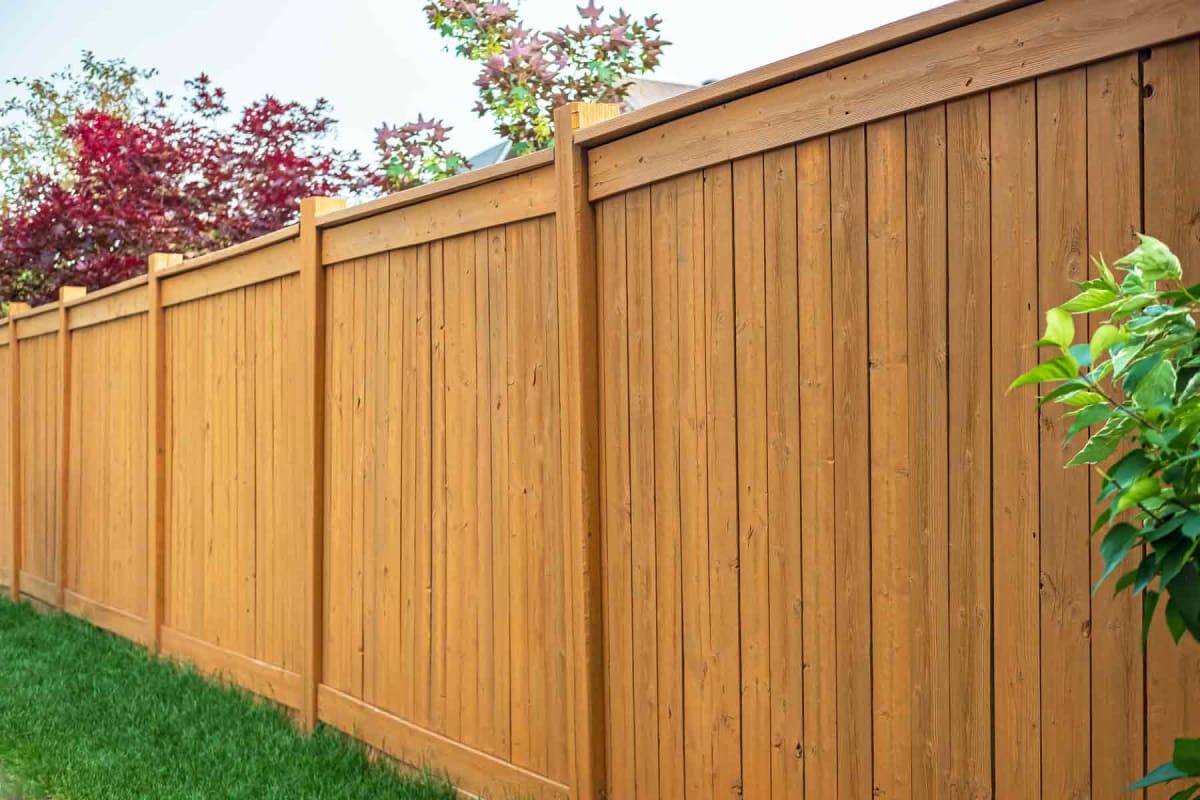All Categories
Featured
Table of Contents
Eco-Friendly Fencing Options for Environmentally Conscious Homeowners
As the world becomes more environmentally conscious, many property owners are looking for ways to make their homes and yards more sustainable. Fencing is one area where homeowners can make a significant impact on their carbon footprint. Chemically treated wood fences can harm the environment and require regular upkeep. But there are plenty of eco-friendly fencing alternatives that can help reduce your carbon footprint. For customers looking for an environmentally friendly fence, here are a few options that can help reduce their ecological impact:
Bamboo is a highly renewable material that is perfect for eco-conscious fencing solutions. Bamboo’s fast growth rate and renewability make it an ideal choice for eco-friendly fencing. Bamboo is lightweight, durable, and naturally resistant to pests, requiring no toxic chemicals. Bamboo adds a stylish and natural touch to any outdoor space. Additionally, bamboo is biodegradable, making it a great option for reducing waste.
![]()
As the world becomes more environmentally conscious, many property owners are looking for ways to make their homes and yards more sustainable. Fencing is one area where homeowners can make a significant impact on their carbon footprint. Chemically treated wood fences can harm the environment and require regular upkeep. But there are plenty of eco-friendly fencing alternatives that can help reduce your carbon footprint. For customers looking for an environmentally friendly fence, here are a few options that can help reduce their ecological impact:
Bamboo is a highly renewable material that is perfect for eco-conscious fencing solutions. Bamboo’s fast growth rate and renewability make it an ideal choice for eco-friendly fencing. Bamboo is lightweight, durable, and naturally resistant to pests, requiring no toxic chemicals. Bamboo adds a stylish and natural touch to any outdoor space. Additionally, bamboo is biodegradable, making it a great option for reducing waste.
2. Sustainable Plastic Fencing Solutions
Recycled plastic fences offer a sustainable solution for customers who prioritize minimizing waste. Made from post-consumer waste, such as plastic bottles and containers, these fences help reduce plastic waste and keep it out of landfills. Recycled plastic fences are incredibly durable, weather-resistant, and don’t require painting or staining. It's a perfect option for those looking to combine sustainability with longevity.
3. Reclaimed Wood Fencing
Reclaimed wood is a great way to build an eco-friendly fence while preserving the beauty of natural wood. Reclaimed wood offers a sustainable option by giving new life to old, discarded wood. A reclaimed wood fence not only looks charming but also provides a sustainable option for your property. The unique appearance of reclaimed wood, combined with eco-friendly finishes, offers both durability and beauty.4. Natural Living Fencing
A living fence made of plants, such as shrubs and vines, is a completely eco-friendly choice. They use plants like ivy, shrubs, and small trees to create a natural barrier around your property. Living fences help reduce noise and create a more serene, green space while boosting air quality. In addition to being a low-maintenance and eco-friendly option, living fences contribute to the local ecosystem by providing habitats for wildlife.Conclusion
Customers looking for sustainable solutions will find plenty of eco-friendly fencing options to reduce their environmental footprint. From bamboo to composite materials, you can find an eco-friendly fence that suits your style and needs while helping the environment. By considering the environmental benefits of your fencing choice, you can create a more sustainable outdoor space.Table of Contents
Latest Posts
Explore Cost-Effective Auto Repairs with Montclare’s Limited-Time Service Specials
Published en
1 min read
Join WyHy FCU – Essential Perks for Your Financial Future
Published en
1 min read
Explore the Storied Past of Deauville Inn: From Speakeasy to Jersey Shore Icon
Published en
2 min read
More
Latest Posts
Explore Cost-Effective Auto Repairs with Montclare’s Limited-Time Service Specials
Published May 21, 25
1 min read
Join WyHy FCU – Essential Perks for Your Financial Future
Published May 21, 25
1 min read
Explore the Storied Past of Deauville Inn: From Speakeasy to Jersey Shore Icon
Published May 19, 25
2 min read